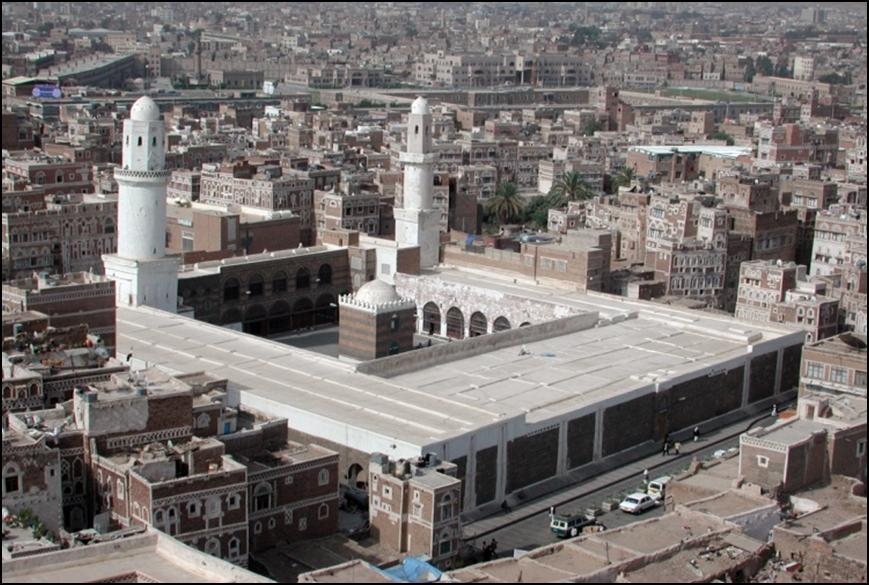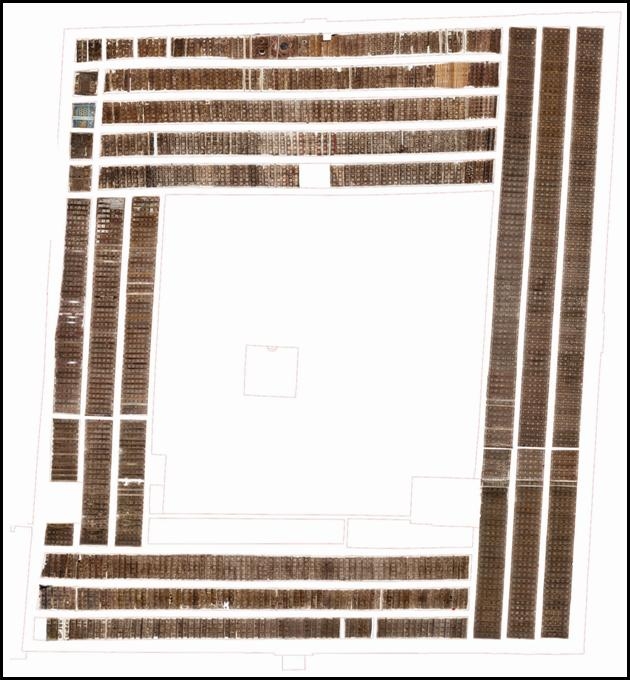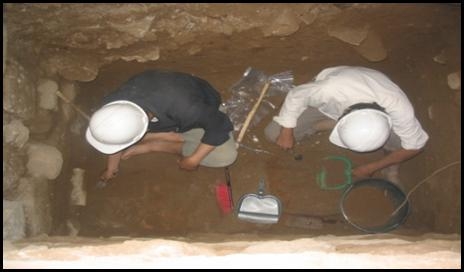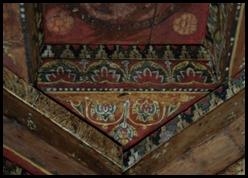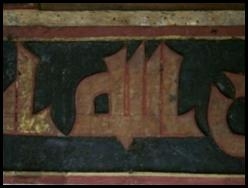| Restoration of the Great Mosque in Sana’a, Yemen |
| From:Social Fund for Development Author:Gamal Alhaj PublishDate:2011-09-10 Hits:14790 |
This project is one of a number of projects implemented in Yemen by the Social Fund for Development-Yemen, (SFD) is an institution which is independent financially and administratively, The Fund is supervised by the Board of Directors chaired by the Prime Minister and Council members include representatives from government, private sector and civil society institutions. The Council shall identify and adopt policies and general plans of the Fund, and monitors the achievement of objectives and overall performance of the Fund.
Cultural heritage in particular is the area located in the scope of the Fund of all aspects of cultural development, there is consensus that Yemen has a rich cultural heritage and distinctive and threatened, is particularly in the field of architecture, urban, and in the diversity and richness of archaeological and historical landmarks, and the presence of a large number of components of the cultural heritage tangible and intangible.
Introduction: The great Mosque in Sana'a has an exceptional value in addition to its religious, historical values, and this stems from the fact that it retains many of its original elements through centuries, this gives it an archaeological and architectural importance not only at the national, Arab and Islamic, but also on the human level in general, Many historians and archaeologists rely on this historical monument to uncover historical facts which will add without a doubt new information and data that might be crucial in increasing the importance and and historical value of the mosque on both Islamic and human levels, this requires extreme caution in any future interventions with the mosque and its facilities, whether for repair, maintenance or improvement to ensure no waste of its historic or architectural or aesthetic values . it is fundamental the goal of any work is to preserve the monument and its original characteristics and to regain its ancient glory to the level it deserves as one of the oldest Islamic buildings in the world, keeping in mind that in any way conservators should not fall under the pressure of the time factor and the justification of urgency in implementation of the improvement or expansion regarding the above considerations and because it represents a symbol of spiritual, historical, archaeological and art not to Yemen but also to the world heritage of humanity.
The Problem:
Intervention: The intervention in the project by SFD started in 2003 with phase (1), now it is still under implementation in phase (3).
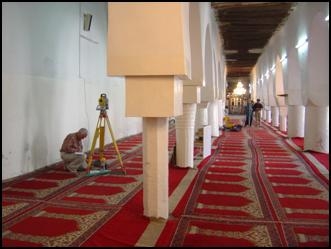 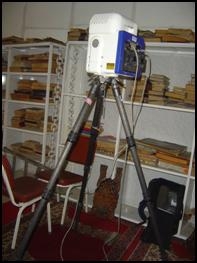
Collection of information and studies:
Sensors installation, testing, construction and archaeological studies: Installation of sensors and sampling of the cladding layers of plaster from various interior walls in order to determine the quality of texture, which will decide the proportions and materials used according to the results of laboratory analysis. It is worth mentioning that, through the work of detection for the extraction of the layers the original walls of the mosque and on the north and south walls a large quantity of parchment Quranic antique dating back to the early period of the quran were found, those were written in Kofi script and other lines of early and non- doted letters this considered as a treasure of knowledge about the holy Quran and an unusual and rare scientific discovery.
Restoration, preservation and conservation of architectural elements and decorative: What distinguishes the great Mosque of Sana'a is the decorative wooden roofs, the best are those in the eastern porch, which is almost one of the rarest and the most important Islamic woodworking in the world. The total area of the flat wooden roofs is 2517 m 2 of the total area of the mosque which is 4282 m 2 .for the purpose of conservation of the wooden roofs without hinder the daily activities , the stages of implementation were divided into five phases in addition to the pilot phase and according to original plan of work.
Neutralize any risk can occur due to the old electricity network: Because the electrical installations are too old now it’s in critical and unsafe condition .the first job was to reinstall and correct the existing one to perform the functions required .another thing was to provide the building with fire extinguishers in case of any emergency that may threaten the site ,and soon will begin the implementation and establishment of a complete modern electrical network , also it is planned to install an independent radio broadcasting and an electronic security control system and a fire-fighting system to protect the mosque and its facilities from any threatening dangers in the future.
Miscellaneous works to be done during the project implementation period: 1.Paving the open area of the mosque.2.Restoration and maintenance of the two minarets of the mosque providing the necessary structural reinforcement. 3.Treatment the Qdad (the traditional old plaster ) of the roof surface of the mosque. 4.Removal of new construction distorting the original architectural tissue of the site. 5.Restoration of the Mosque’s library. 6.Dismantling and removal of the new additional buildings in the west side of the mosque such as toilets and concrete tank. 7.Preparation of a complete study, planning and design of the Western side of the mosque and the area around to provide of stores and yards . 8.Rehabilitation of water supply and sewerage system around the mosque. 9.Adopting different activities to increase awareness about the project. |
|
|
- News | WHITRAP Shanghai and CNR-ISPC bilateral meeting
- News | WHITRAP meets Cité de l’Architecture et du Patrimoine
- WHITRAP Hosting "Workshop on Preliminary Assessment for National Focal Points of the Asia Region" in Chengdu
- WHITRAP Shanghai meets UNESCO
- INTERNATIONAL CONFERENCE PRELIMINARY ANNOUNCEMENT & CALL FOR PAPERS
- Observation of the 46th Session of the World Heritage Committee
Copyright © 2009-2012 World Heritage Institute of Training and Research-Asia and Pacific (shanghai)


